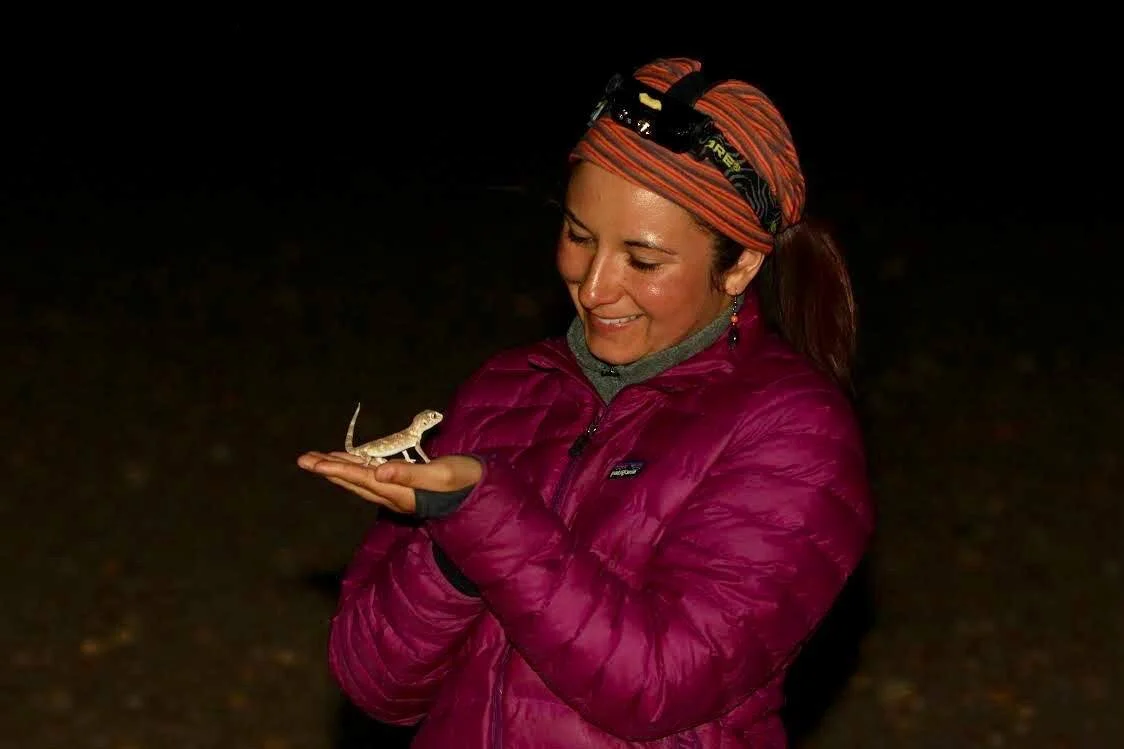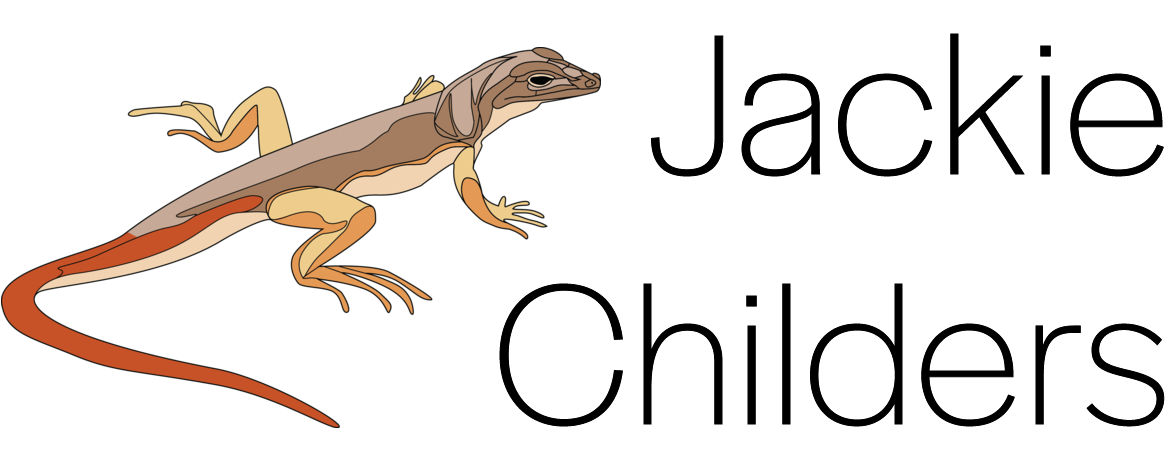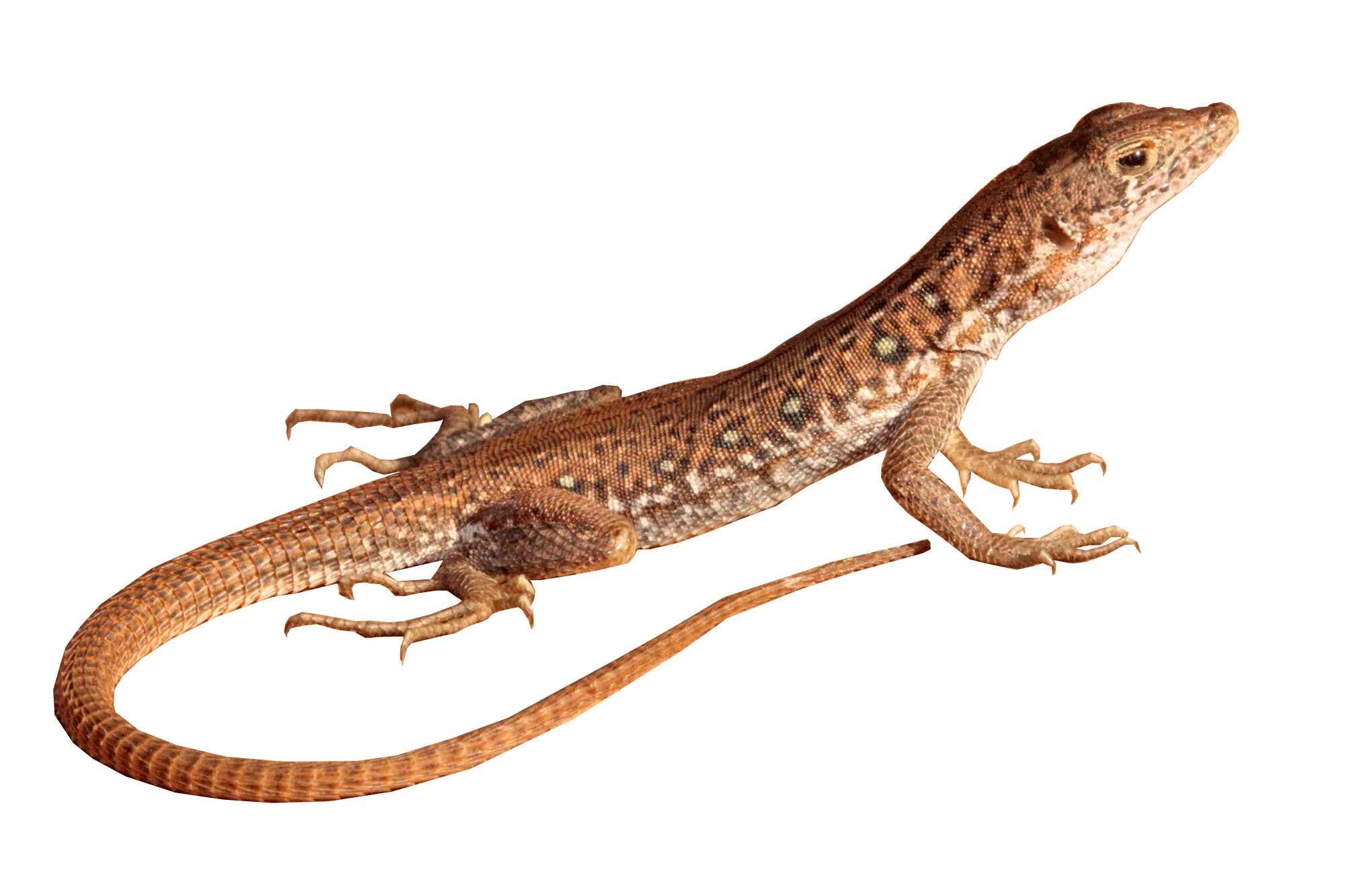





Current Research Projects
Evolution of Elaborate Nest Design
My recent doctoral work focused on studying the evolution of design in the nests of the weavers (Ploceidae), a speciose (~118 ssp) family of sparrow-sized passerine songbirds found in Sub-Saharan Africa and Southeast Asia that construct their nests with an array of architectural diversity that is unmatched in the avian world. My research focuses on understanding the evolutionary history and phylogenetic patterns of nest design, which I address using a combination of morphological data from museum specimens and molecular data using whole genome sequencing techniques.
Photo: African Golden-Weaver Ploceus subaureus. John Pemberton Cook Coll. Rothschild Bequest. N193.351. Natural History Museum, London. (CC-BY-4.0)
Phylogenetics and Taxonomy of Southern African Lizards
Southern Africa is a hotspot for squamate diversity due to its heterogenous landscape which provides a rich canvas for ecological opportunity. One group that has radiated extensively is the Lacertidae, a large family of lizards that are found in arid habitats throughout the region. I am currently involved in several phylogenetics-based projects on the genera Pedioplanis and Nucras, which largely builds off the thesis work I conducted as a master’s student with Dr. Aaron Bauer (Villanova University). Most recently we published four new species descriptions including two new Namibian Pedioplanis, Nucras aurantiaca of the Western Cape, and the resurrection of Nucras damarana, a northern Namibian endemic.
Past Research
Behavioral Ecology of the Wedge-Snouted Lizard
Searching for food, escaping the heat of the day and avoiding predators like dwarf adders and goshawks– these are all in a day’s work for the Wedge-snouted Lizard (Meroles cuneirostris). But do lizards deal with each of these pressures differently depending on their age and sex? Furthermore, how do lizards engage with one another? To investigate these questions we studied a local population of individuals at the Gobabeb Research and Training Centre and found that juveniles and adults, and males and females, differed in their time-allocation among microhabitats, movement patterns, and foraging behaviors. Read the article here.
Social Networking in the Little Scrub Island Ground Lizard
What happens when you have a population of lizards restricted to an island that is barely larger than a football field? When food resources are restricted to cactus fruits, high-risk eggs from nesting birds, and the occasional chum bait from fishermen? To answer this question, Drs. Douglas and Maria Eifler led a research study on the social networks of the Little Scrub Island Ground Lizard (Ameiva corax), a moderately-sized Teiid endemic to a tiny island in the British West Indies. As an undergraduate student I worked on this project as a field assistant, helping with lizard-wrangling and data collection. This experience marked the first field research I ever participated in and I am eternally grateful to the Eiflers for their mentorship and guidance, which ultimately launched me on to this unique career path in biological research.
Publications
Parrinha, D., Marques, M.P., Heinicke, M.P., Farkhanda, K., Parker, K.L., Tolley, K.A., Childers, J.L., Conradie, W.C., Bauer, A.M., Ceríaco, L.M.P., 2021. A revision of Angolan species in the genus Pedioplanis Fitzinger (Squamata: Lacertidae), with the description of a new species. Zootaxa 5032(1): 1–46. DOI: https://doi.org/10.11646/zootaxa.5032.1.1
Childers, J.L., Kirchhof, S. & Bauer, A.M. 2020. Lizards of a different stripe: Phylogeography of the Pedioplanis undata species complex (Squamata: Lacertidae), with the description of two new species. Zoosystematics and Evolution 97 (1): 249–272. DOI: http://dx.doi.org/10.3897/zse.97.61351
Childers, J.L., Singh, K., Koo, M.S., 2020. Dicamptodon tenebrosus (Pacific Giant Salamander). Diet. Herpetological Review 51(4): 806–807. Available Here
Bauer, A.M., Childers, J.L., Murdoch, H. 2020. A reevaluation of the Sandveld Lizards Nucras (Squamata:Lacertidae) of Namibia. Amphibian and Reptile Conservation 14(3) [Taxonomy Section]: 231–250 (e271).
Bauer, A.M., Childers, J.L., Broeckhoven, C., Mouton, P. LF. N., 2019. A new Nucras Gray, 1838 (Squamata: Lacertidae) from the Strandveld of the Western Cape, South Africa. Zootaxa 4560(1): 149-163. DOI: 10.11646/zootaxa.4560.1.8
Eifler, D.A., Eifler, M., Malela, K., Childers, J.L., 2016. Social networks in the Little Scrub Island Ground Lizard (Ameiva corax). Journal of Ethology 34(3): 343–348. DOI: 10.1007/s10164-016-0481-9
Childers, J.L. & Eifler, D.A., 2015. Intraspecific behavioural variation in the lacertid lizard Meroles cuneirostris (Strauch, 1867) (Sauria: Lacertidae). African Journal of Herpetology 64(1): 54–66. DOI: 10.1080/21564574.2014.998725
Childers, J.L. & Eifler, D.A., 2014. Meroles cuneirostris (Wedge-snouted Sand Lizard). Cannibalism. Herpetological Review 44: 675–676. Available Here





